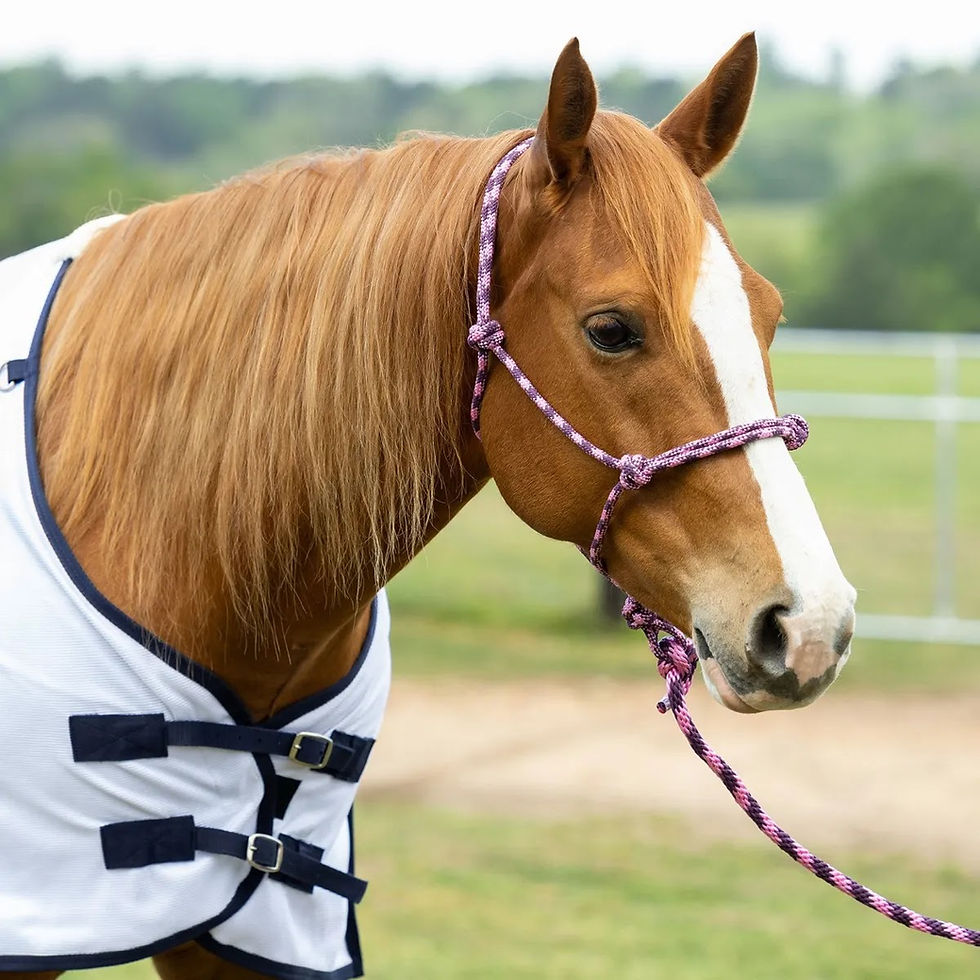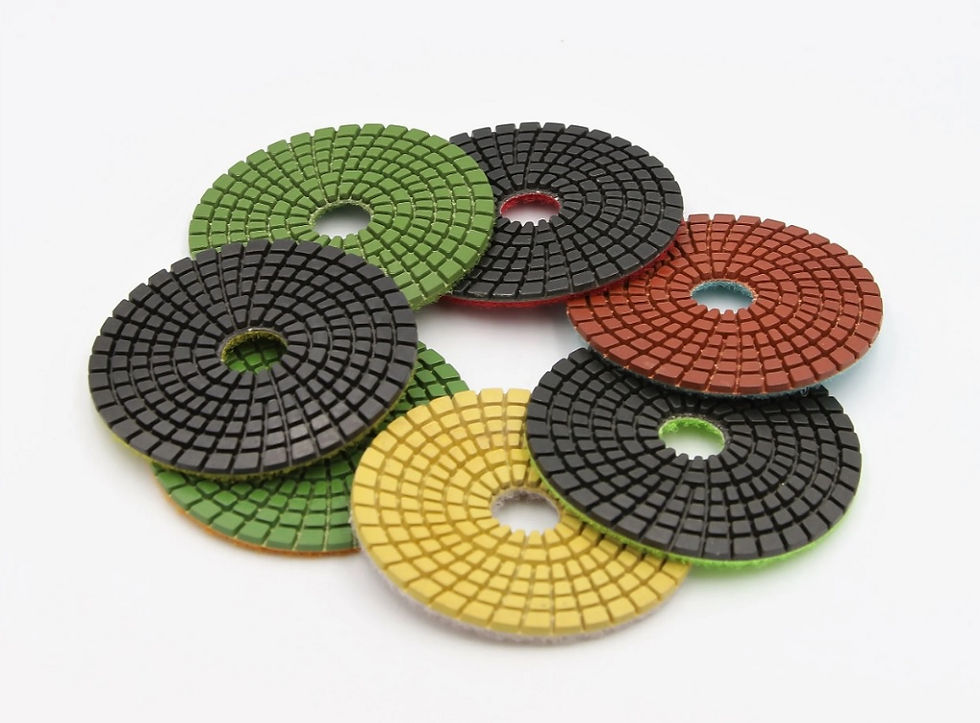The Impact of Rope Halter and Leads on Horse Behavior and Training
- Nivi Watson

- Oct 11, 2024
- 4 min read
Can the choice of a simple rope halter influence your horse's behaviour and training progress? Is it merely a tool, or does it establish a silent, invisible conversation between the horse and the rider? Welcome to our exploration into the world of equestrian equipment, today we delve into the intricate dynamics between a rope halter and your equine friend.
The rope halter is a seemingly simple piece of equestrian gear with a complex influence. These equine essential carries the potential to significantly alter your horse's behavior, re-orient their training routines, and most importantly, deepen your connection during your shared journey. As we venture further into their influence, you will discover that the choice of a rope halter and leads about aesthetics, but about building trust, establishing control, and nurturing a responsive relationship with your horse.
Brimming with insights from seasoned equestrians, comprehensive product evaluations, and experiences from horse behaviourists, this blog fills a knowledge void for novices and experts alike. Strap up for an enlightening exploration of how a simple rope halter shapes your horse's understanding of you and how it affects their training progress.

The Rope Halter at Glance: More Than Meets the Eye
Why is it that the rope halter, made of a few strands of intertwined material, has such a profound impact on horse behaviour? Well, the answer resides in its design, purpose, and application.
As a tool explicitly built for horse control and training, the rope halter's effectiveness lies in its ability to provide cues through gentle pressure. When used correctly, this pressure commensurate with the horse's actions, enabling an immediate communication flow.
Furthermore, the halter's simplicity forces the horse to focus on your signals without the distraction of excess hardware. This focus fosters understanding between you and your horse, paving the way for a harmonious relationship.
The Training Impact: Enhancing Communication and Control
Are rope halters truly useful in training horses, or is it just folklore punctuated by horse whispers? Let's unveil the truth.
The halter's design is such that it enables horses to feel your minute hand movements, thereby aiding in effective training. Unlike bridles, halters don't dull your signals, retaining the efficacy of commands and thus magnifying the response from your horse.
Moreover, the halter can be adjusted to apply pressure on sensitive areas such as the poll and the nose. This adjustment can be instrumental in reining in a rebellious equine or reinforcing discipline during a training session.
Rope Halter Materials: A Choice That Counts
We know that a rope halter can influence training and behaviour, but does the material truly matter? Well, undoubtedly it does, and we unravel why.

Rope halters are made of different materials, each offering unique benefits. For instance, a cotton rope halter is a fantastic beginner-friendly option due to its gentleness and control balance. Conversely, a nylon rope halter and leads offers sturdiness and durability, making it a suitable choice for strong, unruly horses.
The type of material chosen can impact the horse's comfort level, and subsequently their behavior, responsiveness, and training process.
Ethics of Rope Halter Usage: An Equine Welfare Perspective
It is essential to address the concerns about the ethical use of rope halters. Are rope halters creatures of pain or tools of discipline?
A rope halter, like any other training gear, can morph into an instrument of pain if misused. However, when applied correctly and responsibly, it doesn’t discomfort the horse. It is a tool that enables horses to respond to demands quickly without causing harm.
Ethical usage of rope halters hinges on the handler's skill, understanding, and patience. When used appropriately, it aids in fostering trust and mutual respect between the horse and the trainer.
Advantages and Shortcomings of Rope Halters
Like any other product, rope halters come with their set of pros and cons.
The distinct advantage of rope halters lies in their design, which imparts the advantage of clear communication and instant feedback from the horse. They are light, easily adjusted, and durable. However, one must not turn a blind eye to the fact that improper usage can lead to discomfort, agitation, or even injury.
Therefore, a rope halter user must have adequate knowledge of its function and application, and understanding of equine behavioural cues to make the experience pleasant and productive for both parties involved.
Conclusion
The choice of a rope halter goes far beyond being a matter of preference. It's a pivotal decision that impacts horse behaviour, training, and your bond with the animal. With its effective communication channel and disciplinary role, it has the potential to steer your equine training journey into smoother terrains if used appropriately. Keeping in mind the horse's comfort and welfare, your choice in material, and abiding by ethical principles, a rope halter can become an essential tool in your horse management repertoire.
In the quiet connection between a horse and its handler, the rope halter and lead act as unsung troubadours, singing tales of unspoken communication, trust, and shared understanding. So the next time you pick up a rope halter and leads, remember, it's not just a tool - it's the key to a deeper relationship with your steadfast companion.



















Comments